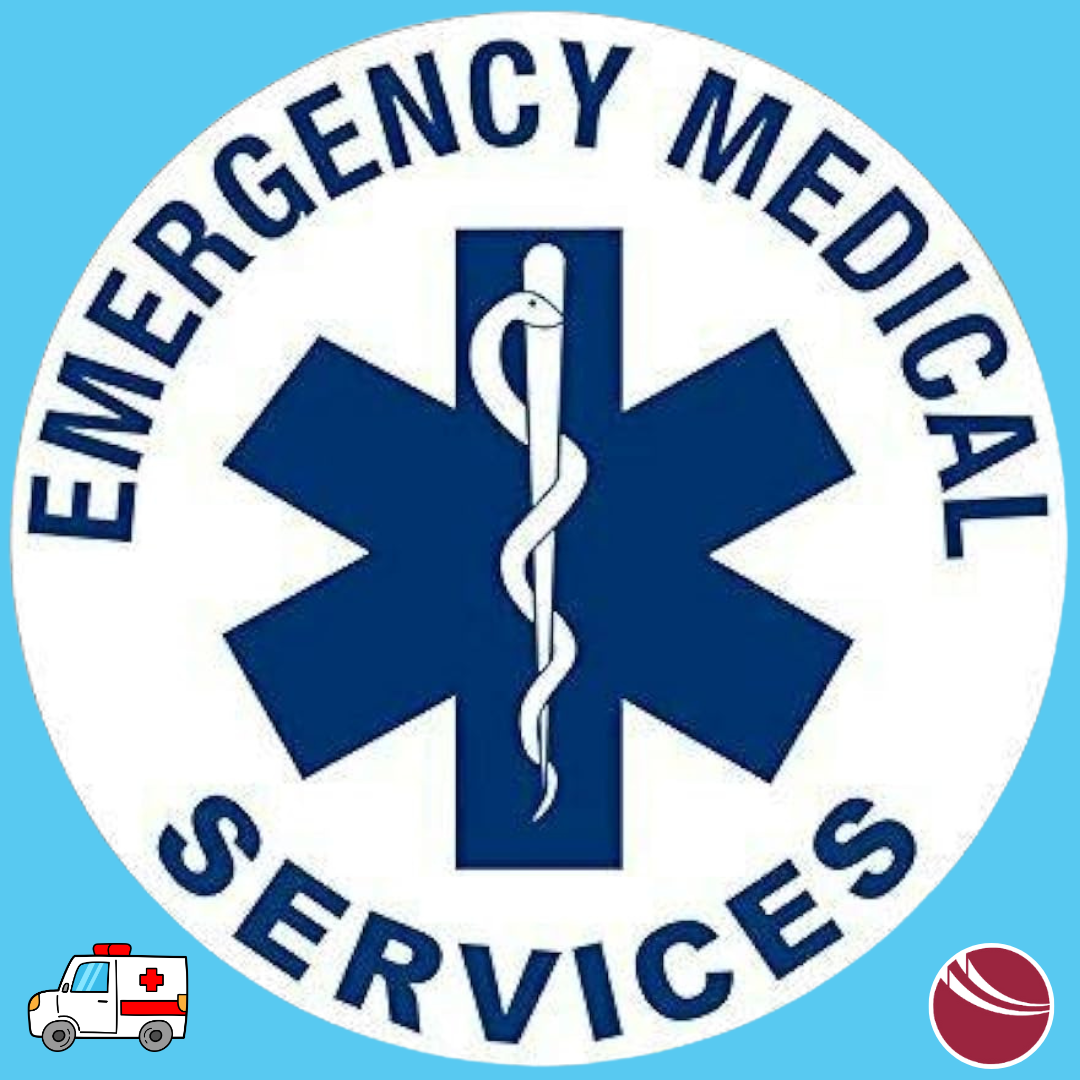Emergency Services

Program Description and What to Expect:
This comprehensive Emergency Services program (1 year) is designed to prepare students for careers in emergency medical services, and other public safety roles. The curriculum combines academic instruction, hands-on training, and community engagement to equip students with the skills, knowledge, and certifications necessary to pursue a career in emergency services. Students will have the opportunity to earn their NREMT (National Registry Emergency Medical Technician) license, develop a foundation in medical science, and gain experience in a medical provider role working with other first responders.
Students will be required to complete ride time and have 10 patient contacts.
Course topics could include, but are not limited to...
History, Legal/ethical, Airway, Anatomy/physiology, Pathophysiology, Medical emergencies, Trauma emergencies, Special populations, Geriatric, Pediatric, Medication , OB, Phlebotomy, and Command/Radio
Other program components and training:
Technical rescue (e.g., MVC, water/ice rescue, helicopter, confined space, structural collapse, wilderland fire, wilderness search and rescue)
Wilderness first responder
Intro to firefighting
Rope rescue
Given the intensity of this program and its content, students should also expect ample time to practice and learn self-care routines/strategies.
This page will be updated as more details are solidified.
Email Eric Larose, Emergency Medical Services Instructor
Email Heidi McLaughlin, School Counselor
Email Alison Booth, Career & Tech Ed Special Populations Coordinator
Program Time 10:05 a.m. to 2:45 p.m.
High School Credits Earned
English (1 credit)
Science (1 credit)
Health (1 credit)
Computer Literacy (.5 credits)
PE (.5 credits)
Electives (2 credits)
Dual Enrollment
Eligible students may earn college credits through Vermont Technical College and the Community College of Vermont.
Post-Secondary Industry- Recognized Credentials & Certifications
Emergency Medical Technician (EMT)
Emergency Medical Responder (EMR)
Career Work Experiences
Work-based learning, school to work cooperative opportunities and apprenticeships for students are available with many of CTE's programs and local businesses. Given the requirements with the EMS program, coops may be dependent on the student’s age, the timing of the year, certifications, etc.
What's Next / Employment in the Field
The EMS program can lead to a variety of career pathways:
Emergency Medical Technician (EMT)
Paramedic
Firefighter
Fireline EMT
POlice Officer
Game Warden
Nurse
Physician's Assistant
Military
Urgent Care
